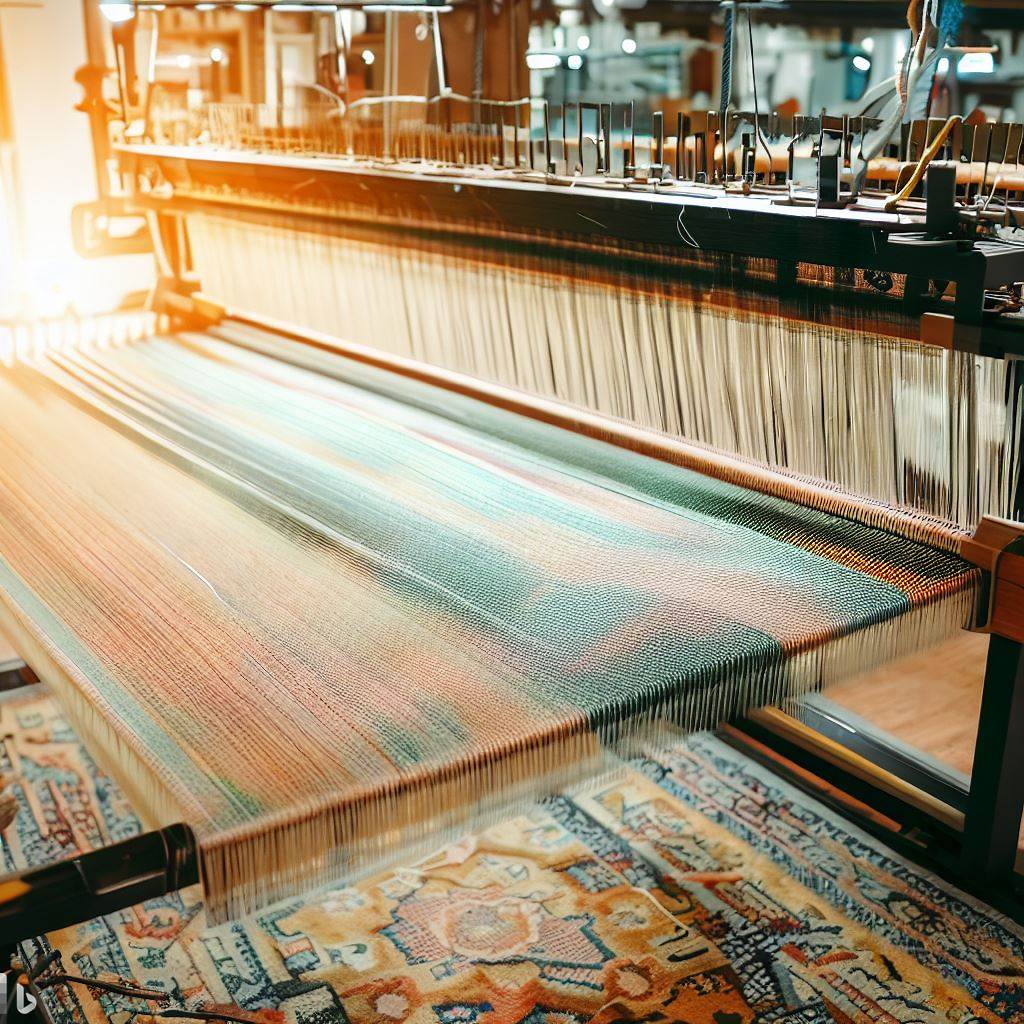The Language of Fibers: Telling Stories through Rug Making
Encoding Meaning in Materials and Methods
For centuries, rug makers have embedded meaning in every aspect of their craft. From materials and tools to motifs and techniques, the symbolic possibilities are boundless.
Natural dyed wool, for instance, connects rugs back to ancient landscapes and the journey from pasture to loom. Singing ancestral songs while carding fleece or spinning yarn infuses heritage.
The creaking loom and tapping beater beat out rhythms of generations past. Specific patterns reference proverbs, folktales, and mythic figures that dwell in cultural memory.
This thoughtfulness transforms rugs into multidimensional storytelling canvases that communicate values and history through every fiber.
Motifs as Meaningful Visual Symbols
The motifs comprising rug patterns constitute a visual language heavier with symbolism than ornamentation. Traditional images carried layers of meaning.
Tree of life and lotus designs represented growth, fertility, and divine connection. Celestial symbols like stars and the sun encoded cosmic philosophies.
Geometric medallions embodied unity and focal points. Borders suggested protection, thresholds, and the interplay of order and infinity. Birds and herbs referenced nature’s gifts.
This iconography grew more resonant with repetition across generations of rugs. Assigning narrative significance to motifs elevates rugs into refined communicative artworks.
Storytelling Through Materials and Techniques
Rug makers can choose materials and construction methods to help narrate tales and honor tradition. Deliberate choices shape the experience.
Weaving community story rugs on a large shared loom mirrors collective histories. Using unspun wool straight from sheared sheep connects weavers to ancient raw beginnings.
Repurposing old saris, blankets, and garments into rugs weaves continuity from heirlooms. Mending damaged antique rugs adds new chapters. Dyeing wool with foraged indigo, madder root, and walnut shells calls back the past.
Each material, each technique chosen brings deeper dimensions to the unfolding rug. Physical elements let creators rewrite old stories or compose new ones from scratch.
Incorporating Personal Experience and Perspective
For contemporary weavers, rug making grants a conduit for presenting personal narratives or perspectives. Integrating intimate details makes rugs dynamic visual memoirs.
Family milestones like births, deaths, and marriages might inspire color schemes or special custom materials. Souvenirs from pivotal life events can get woven symbolically into the design.
Rugs also offer space to process emotions, values, and cultural identity through abstract imagery. Weavers encode opinions or struggles into symbolic patterns.
By giving feelings and memories tangible form, rug making aids healing and self-discovery. Rugs grant a receptive canvas for meditating on one’s own story through mindful making.
Preserving and Honoring Cultural Histories
Many collectives collaboratively weave rugs encoding cultural history and oral traditions. These community textiles become repositories of heritage.
Native stories explaining cosmological beliefs and animal reverence find new life in pictorial rug motifs. Oral historical accounts inspire intricate tapestries depicting ancestry and migration. Mythic narratives shape epic composition.
Weaving thus memorializes and disseminates fading knowledge across generations. The community’s collective spirit gets woven into the very wool that binds their culture’s timeless wisdom for future descendants.
This act of translating heritage into tangible art nurtures identity and cohesion. The rug itself comes to embody the living spirit of a people.
Giving Voice to Marginalized Perspectives
For historically silenced communities, rug weaving offers a channel for self-representation. Their fibers tell truths long suppressed or ignored.
Women depict scenes from daily life and celebrations absent from male-dominated historical records. Indigenous weavers assert cultural perspective counter to colonial narratives. Minority artisans showcase their vibrant resilience and pride.
By encoding lived realities within their crafted works, rug makers author a bold new chronicle. Their direct presentation on their own terms disrupts old power imbalances in authorship.
Rug motifs woven “by us, for us” celebrate identity and cultivate solidarity. Their stories matter, and their hands will etch them into history their own way.
Conceptual Art Rugs Breaking Boundaries
Experimental artists also harness rugs to convey conceptual messages that challenge viewers. Whimsical abstractions mirror surrealist dreams while others craft nightmarish anxiety through fibers.
Some conceptual work incorporates audio, video, or performance to immerse audiences in multisensory stories. Interactive rugs await touch and footsteps. Thought-provoking sculptures reimagine rugs entirely.
By breaking conventions, these radical rug innovations expand notions of what narration itself means and what stories a rug can share. They compel rumination beyond first glance. The medium gains deeper dimensionality as sculpture, land art, and beyond.
In whatever form it takes, rug weaving grants storytellers a singular canvas integrating color, symbols, materials and texture. The nuanced language of fibers invites rumination, immersion, and connection. A single rug can speak volumes to those willing to listen.
